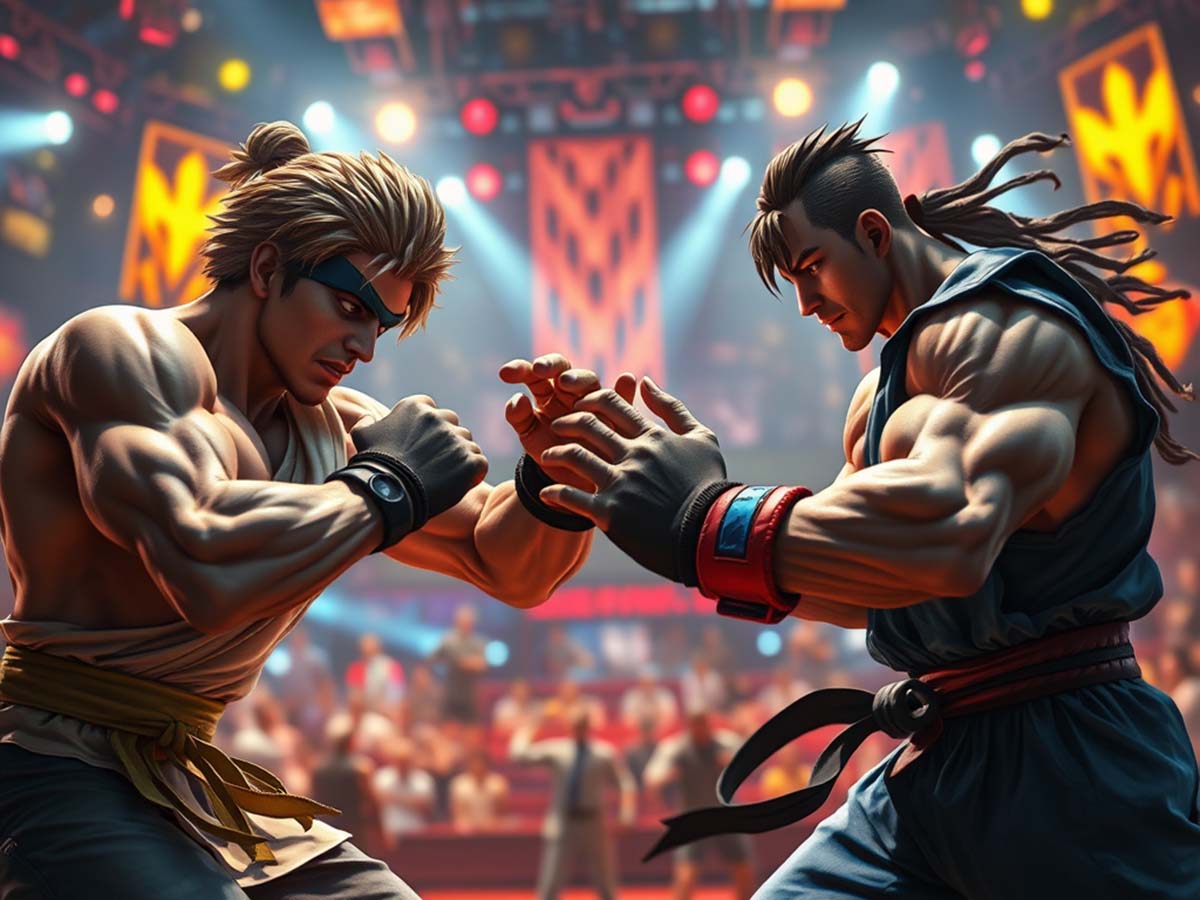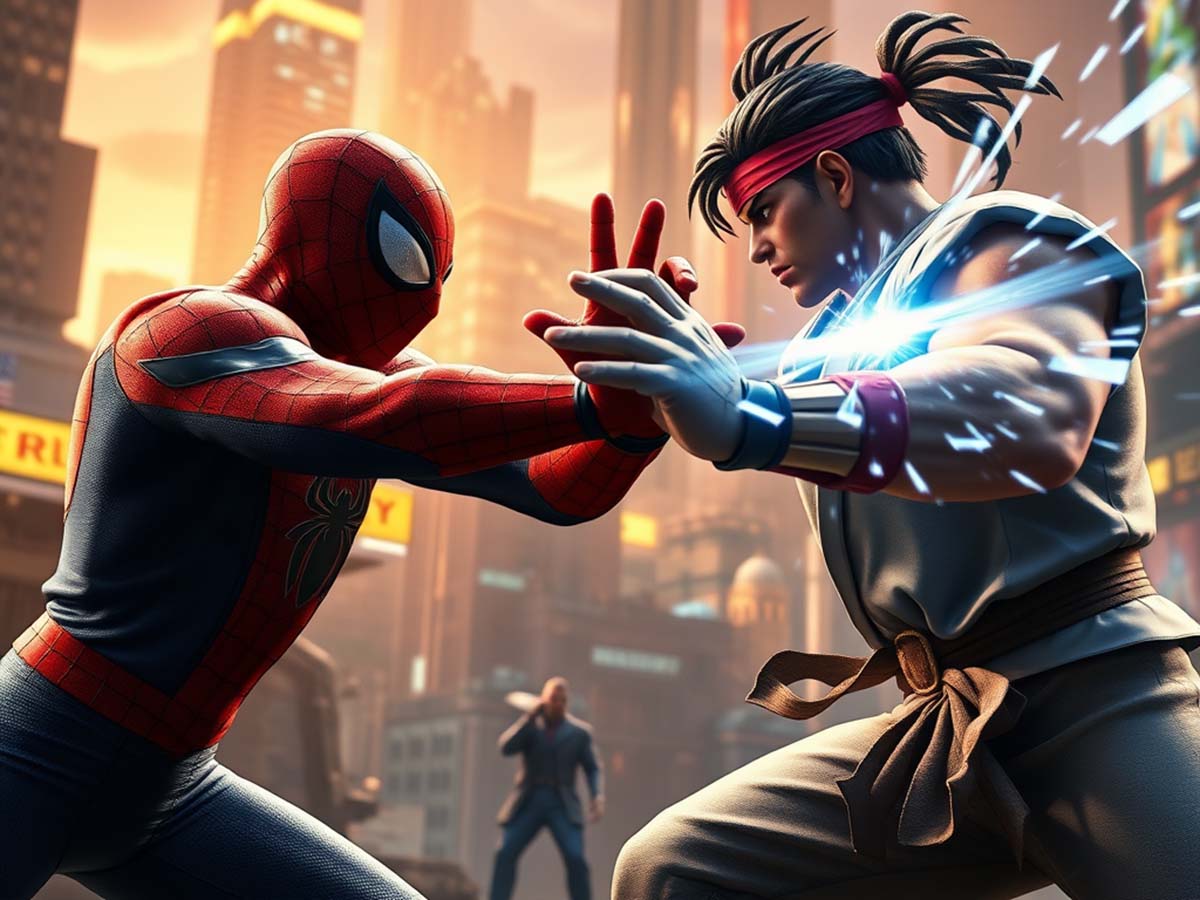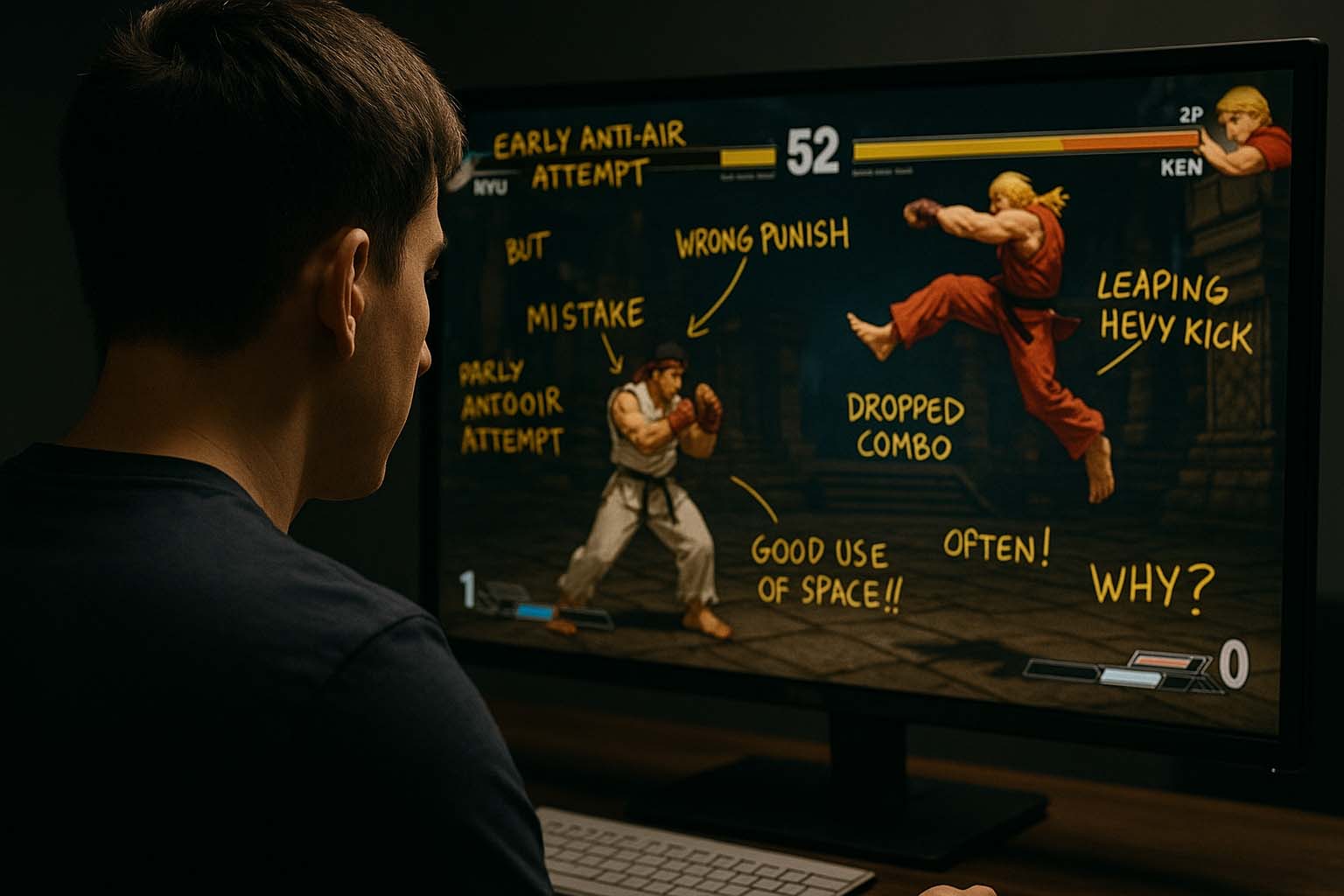Why Competitive Fighting Games Matter
Competitive fighting games have been a staple in gaming culture for decades, bringing players together in electrifying one-on-one battles. These games demand precision, strategy, and quick reflexes, making them a favorite among both casual gamers and professional esports competitors. Unlike other genres, they strip away complex objectives, focusing purely on skill and execution.
The genre has produced some of the most intense gaming moments, from local arcade rivalries to high-stakes global tournaments. Whether someone is looking to improve their reaction speed, master complex combos, or simply enjoy the thrill of victory, competitive fighting games provide a unique and rewarding challenge.
Core Elements of Fighting Games
Competitive fighting games have a distinct structure that sets them apart. Understanding these core elements helps players appreciate the depth of the genre and improve their skills over time.
Precision and Execution
Every move in a fighting game demands pinpoint accuracy. A fraction of a second can determine the outcome of a match, making precise inputs a crucial skill. Unlike casual gameplay, where basic button presses can lead to victories, high-level competition requires muscle memory, precise timing, and an understanding of frame data. Players spend countless hours refining their execution, ensuring that special moves, combo strings, and defensive maneuvers are performed flawlessly under pressure. Techniques like frame-perfect combos and cancels are essential for extending damage output and maintaining control of a match.
Mind Games and Strategy
Fighting games are unique in that they strip away external factors like luck or unpredictable elements, leaving only raw skill and mental discipline to determine the victor. Success depends on a player’s ability to analyze their opponent’s tendencies, predict their next move, and execute counter-strategies accordingly. High-level play often resembles a psychological chess match, where feints, mix-ups, and conditioning play a pivotal role. A player might use the same move several times to lull an opponent into a false sense of security before switching tactics, keeping them off balance. The ability to adapt instantly to new strategies and unexpected maneuvers separates great players from the best.
Character Matchups
Each character in a fighting game is carefully designed with a distinct set of strengths, weaknesses, and mechanics that dictate their playstyle. Some fighters are built for aggressive rushdown, using fast attacks and relentless pressure to overwhelm opponents, while others specialize in zoning, keeping foes at bay with projectiles and long-range attacks. Grapplers rely on close-quarters combat, using command grabs to punish defensive play. Mastering a character goes beyond learning their moveset—it involves understanding how they fare against different opponents. Matchups play a critical role in strategy, requiring players to develop counterplay techniques that exploit their character’s strengths while minimizing vulnerabilities. A deep knowledge of matchups often determines success in high-level competition.
Popular Fighting Games in Competitive Circuits
Over the years, several fighting games have become legendary in the competitive scene. Each offers a unique experience while retaining the core elements that make the genre exciting.
Street Fighter Series
As one of the longest-running franchises, Street Fighter is known for its deep mechanics and iconic characters. Games like Street Fighter III: Third Strike and Street Fighter V have shaped the competitive landscape, with high-level tournaments showcasing incredible skill.
Tekken Series
The Tekken franchise stands out for its 3D movement and intricate combo system. Unlike traditional 2D fighters, players must account for sidestepping and spacing. This creates a unique challenge that rewards patience and precision.
Super Smash Bros. Series
Though originally designed as a party game, Super Smash Bros. has evolved into a serious competitive title. With mechanics like edge-guarding, advanced movement techniques, and character-specific tech, it offers a unique blend of accessibility and depth.
Guilty Gear Series
For players who enjoy fast-paced action and stylish visuals, Guilty Gear delivers. Its mechanics, such as air dashing and Roman Cancels, make it one of the most technical fighters available.
Essential Skills for Competitive Play
To excel in fighting games, players need to refine a mix of mechanical and mental skills. Here are some of the most crucial areas to focus on:
- Execution: Practicing combos and learning frame data improves reaction time and consistency.
- Spacing and Footsies: Controlling the distance between characters to maintain an advantage.
- Punishing Mistakes: Capitalizing on an opponent’s errors with optimized combos.
- Adaptation: Adjusting to different playstyles and strategies in real time.
Training and Improvement
Improving in fighting games takes dedication. While raw talent helps, consistent practice and strategic learning make the biggest difference. Players who dedicate time to structured practice and analysis will see significant improvements in their performance.
Practicing Combos and Fundamentals
Many players spend hours in training mode perfecting their character’s moves. Learning bread-and-butter combos (BnBs) ensures that every hit leads to optimal damage. Execution drills, such as repeating motions until they become second nature, help build consistency. Defensive techniques like blocking, teching throws, and reacting to mix-ups are just as crucial. Understanding frame data allows players to recognize safe and unsafe moves, enabling smarter decisions during fights. Additionally, practicing movement—such as dashing, wavedashing, or air-dodging—improves positioning and helps avoid incoming attacks.
Watching and Learning from Professionals
Studying high-level gameplay can be incredibly beneficial. Watching tournament matches provides insight into advanced techniques, matchup knowledge, and decision-making. Professional players often analyze their own games to identify mistakes and improve their strategies, a practice that aspiring competitors can adopt. Tutorials and character guides from experienced players help break down complex mechanics into understandable steps. Reviewing match replays also allows players to pinpoint patterns in their gameplay and adjust accordingly. Additionally, understanding commentators’ analysis during major events can provide deeper insight into decision-making and high-level strategies.
Participating in Online Matches
Online competition offers a valuable way to test skills against real opponents. While local tournaments provide the best experience, online play allows for frequent practice against a wide variety of playstyles. Regularly facing different players improves adaptability and refines decision-making under pressure. Features like ranked matchmaking help players gauge their skill level and find appropriately challenging opponents. Some online communities organize practice sessions where newcomers can receive feedback and coaching. By maintaining a mindset focused on learning rather than just winning, players can steadily improve over time.
Community and Esports Scene
Fighting games thrive on community engagement. From local meetups to international events, the social aspect plays a massive role in the genre’s longevity. Building relationships with other players creates opportunities for practice, strategy discussions, and friendly competition.
The Evolution of Fighting Game Tournaments
Tournaments like EVO (Evolution Championship Series) have cemented fighting games as a major pillar of esports. These events bring together the best players from around the world, creating legendary moments that define the genre. Over the years, tournament formats have evolved to include open brackets, invitationals, and regional qualifiers, allowing more players to compete at different levels. Major events often feature crowd-funded prize pools, boosting incentives for top competitors. Additionally, the rise of online tournaments has made competitive play more accessible, allowing players from different regions to test their skills without traveling.
Local and Online Communities
Many players begin their competitive journey in small local scenes. Weekly gatherings, online forums, and Discord communities help foster a sense of camaraderie and support. Engaging with other players allows for knowledge-sharing and skill growth. Offline meetups provide opportunities for in-person practice, mentorship, and friendly rivalries. Meanwhile, online communities make it easy to find sparring partners, discuss strategy, and stay updated on game balance changes. Some groups even host grassroots tournaments, giving newer players a chance to gain experience in a lower-stakes environment.
The Future of Competitive Fighting Games
As technology evolves, fighting games continue to push boundaries. Developers introduce features like rollback netcode, crossplay, and expanded training tools, making competition more accessible than ever. Game developers are placing greater emphasis on balance patches, ensuring that no character dominates unfairly and that players have opportunities to experiment with different playstyles. The growing acceptance of esports has also led to greater sponsorship opportunities, increased prize pools, and higher production values in tournaments. With more players joining the competitive scene, the genre’s future looks brighter than ever, promising an exciting evolution for both veterans and newcomers.
Competitive fighting games are more than just digital battles—they represent a blend of skill, strategy, and community. Whether playing casually or striving for tournament victories, every match offers a chance to improve and enjoy the thrill of competition.


